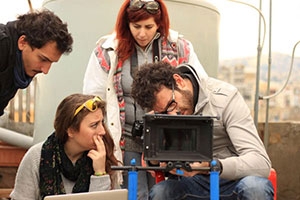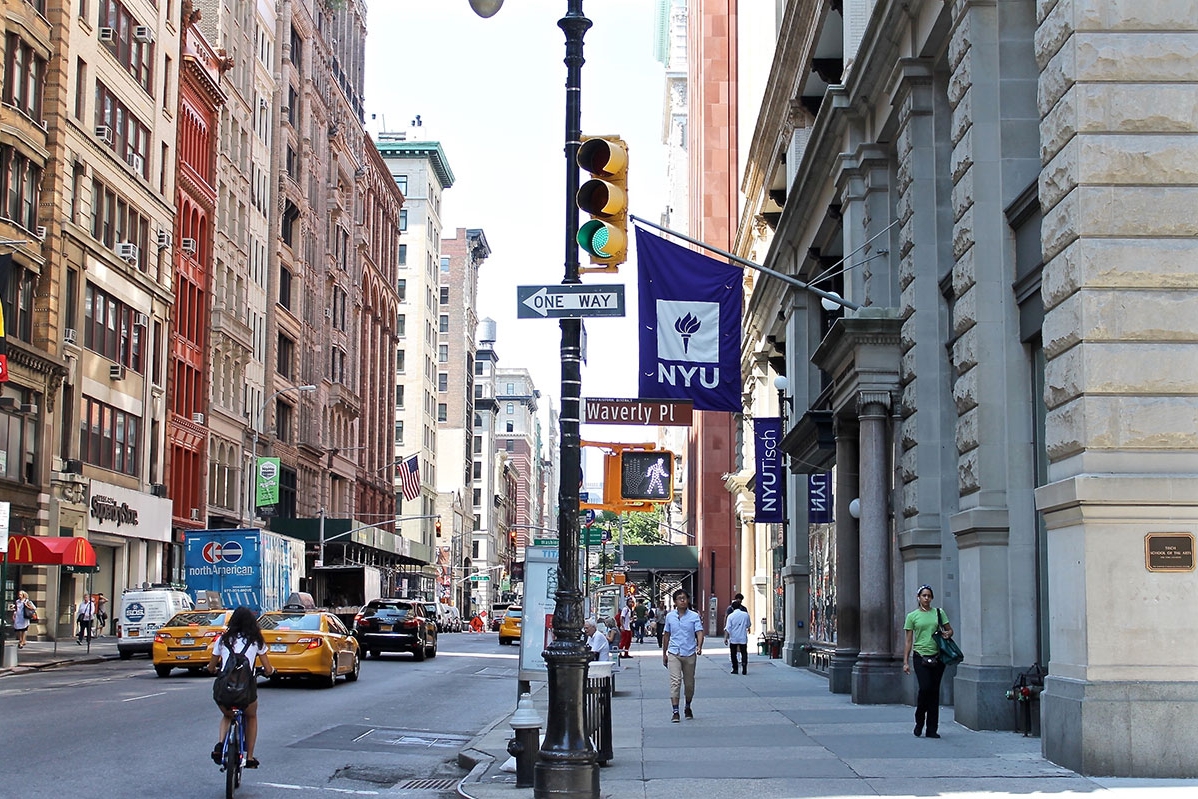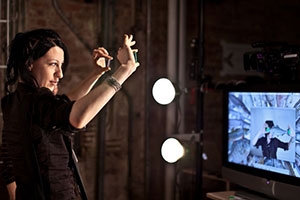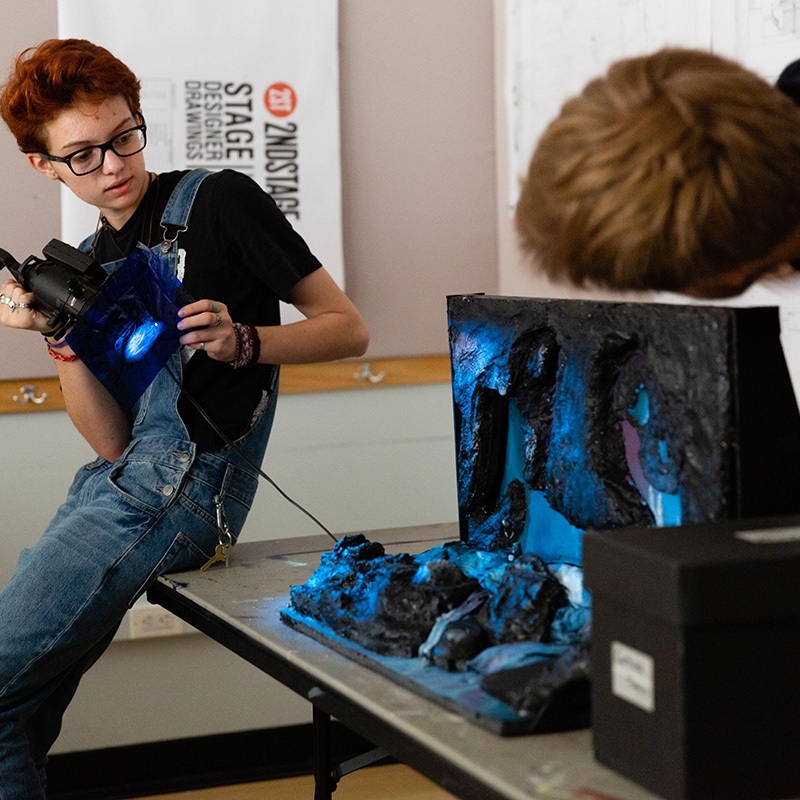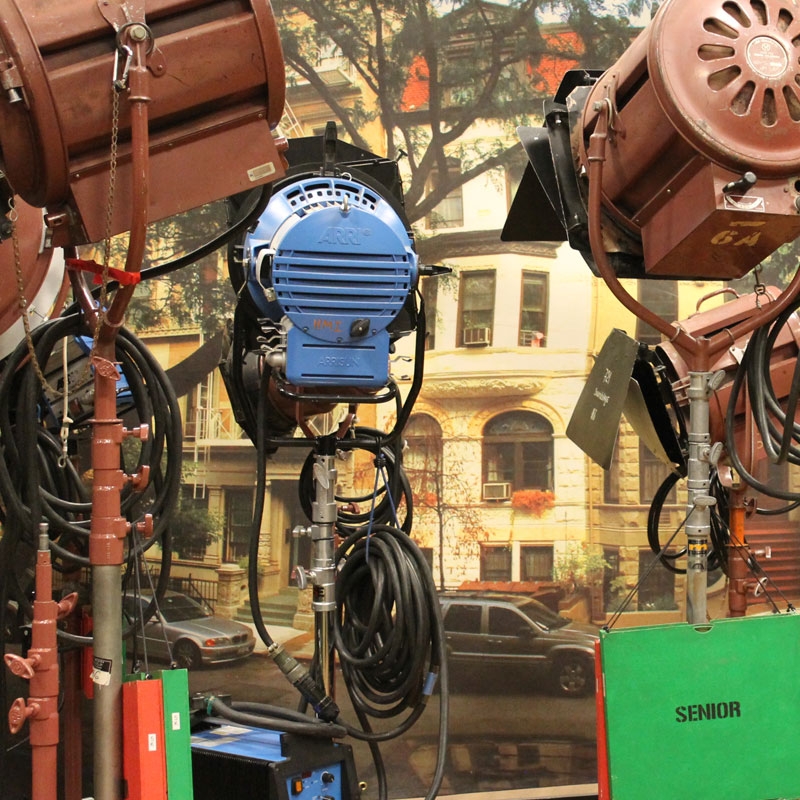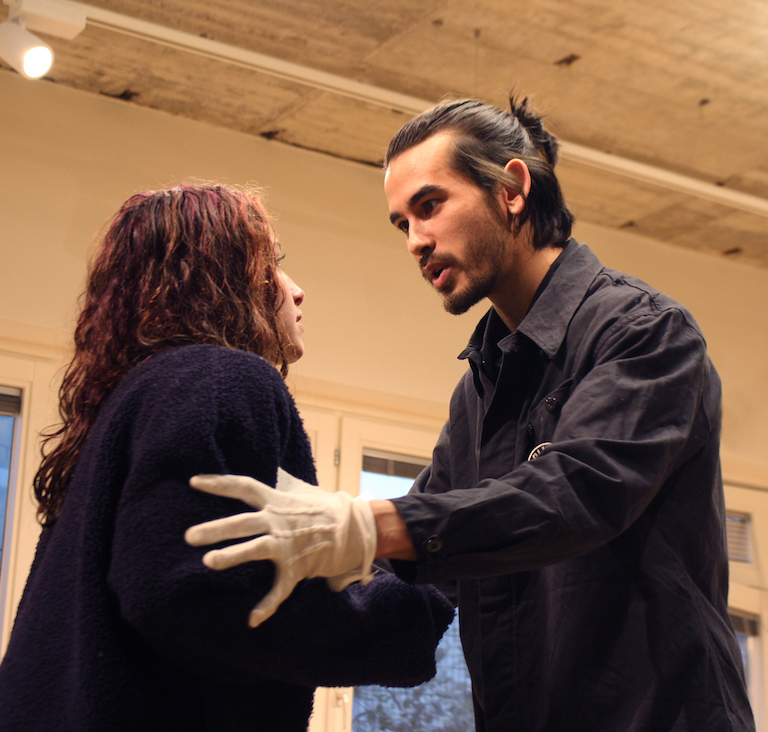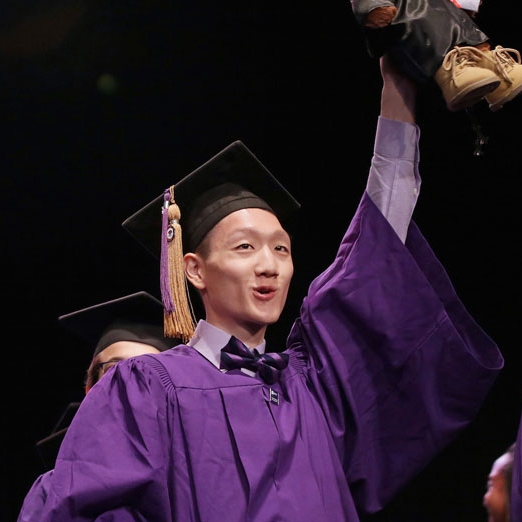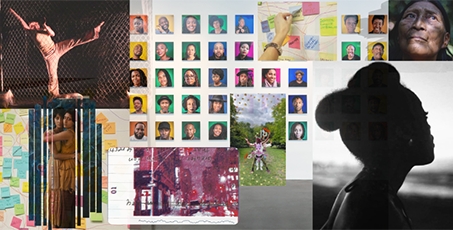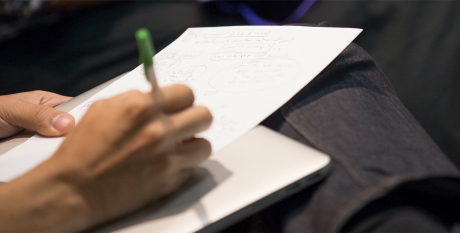Movement & Mask
Jim Calder
Transformation the way an individual sees the world and moves in it is essential in the building of a body and mind that can work beyond it's own habits. The teaching of movement involves more of a relaxing of our social and intellectual control systems than a learning of new material, it is re-visiting our physical, primal response to external stimuli, trading our social selves for our reptilian brain. This process is a two-year endeavor, it is great fun to watch but rather daunting to experience. This is accomplished through exercises that put an individual in a variety of playful situations.
A sense of play is a sharpening of imaginative belief in a given situation. Play is the interplay between opposites, fear and excitement, power and weakness, desire and pain. The ability of an actor to tolerate living on the cusp of opposites - never settling into a state, is the goal of these exercises. By experiencing a number of imaginative places of essential human conundrums, an actor begins to develop a faith in their ability to handle greater extremes of belief and desire.
The first year is geared toward observation, imagination and listening. The work centers around situations that demand giving over to the essential rhythms and desires of animals then creating characters that embody the physical and intellectual research. Mask work allows a person to explore their own inherent physical expressivity and develop methods of adapting that behavioral movement.
Meet Jim Calder
